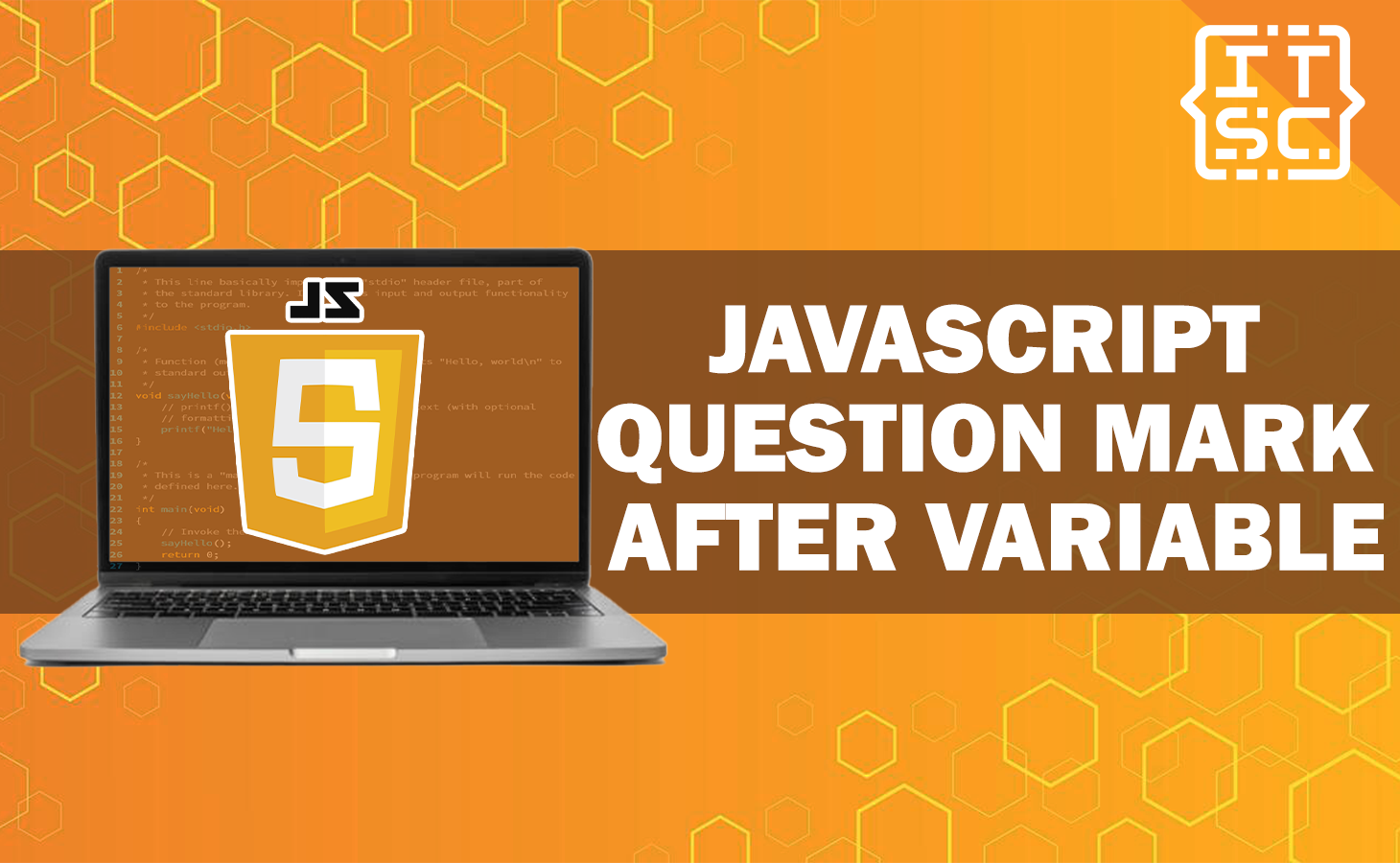JavaScript, as one of the most well known programming languages, provides different features and methods that might look complex at first peek but can greatly improve your coding prowess.
One of the features is the JavaScript question mark after a variable. In this article, we will discuss in detail its usage, benefits, and common misconceptions, assuring you become a JavaScript pro.
Understanding the JavaScript Question Mark After Variable
The JavaScript question mark after a variable is not a punctuation mark but rather a powerful operator.
Its formal name is the “optional chaining operator“, and it stands for a question mark(?) immediately after an object or variable.
This operator is especially handy when working with complicated nested objects or properties that might not always be defined.
By using the question mark after a variable, you can access properties further within the object without causing errors if any intermediate property is undefined.
Mastering the Syntax
To use the JavaScript question mark after a variable, follow this syntax:
const result = object?.property?.nestedProperty;
If the object is null or undefined, the result will be undefined. If the property is null or undefined, the result will also be undefined.
This avoids the extreme “Cannot read property ‘nestedProperty’ of undefined” error that developers usually encounter when accessing further nested properties.
Benefits of Using the JavaScript Question Mark After Variable
Error Prevention
The initial advantage is error prevention. When accessing nested properties, traditional dot notation can lead to runtime errors if any intermediate property is undefined.
The optional chaining operator assures your code doesn’t break in such a situation.
Cleaner Code
With the question mark operator, your code becomes cleaner and more succinct.
You no longer need to write verbose if-else statements to check the existence of each property before accessing its nested properties.
Enhanced Readability
By using the optional chaining operator, your code becomes more readable as it clearly shows your intent to handle potential undefined values.
Practical Examples
Let’s discuss some practical examples to strengthen your understanding of the JavaScript question mark after a variable.
Example of Accessing Nested Properties
Assume that an objecting employee with optional properties address and city. Without the optional chaining operator.
Here’s an example code:
const city = employee.address ? employee.address.city : undefined;
With the optional chaining operator:
const city = employee?.address?.city;
Example of Function Invocation
You can even use the optional chaining operator when calling functions:
const result = employee?.getFullName?.();
If getFullName exists, it will be required; otherwise, result will be undefined.
Example of Array Access
The optional chaining operator is not limited to objects. You can use it with arrays too:
Common Mistake about the JavaScript Question Mark After Variable
Performance Impact
Some developers are concerned about a potential performance impact due to the additional checks proposed by the operator.
However, modern JavaScript engines optimize this operator, and any imperceptible performance impact is outweighed by its benefits.
Compatibility
The optional chaining operator is a relatively new addition to the JavaScript language.
Make sure that your target environment supports it or consider transpiling your code for broader compatibility.
FAQs
Yes, most modern browsers and Node.js versions support the optional chaining operator. However, check compatibility for older environments.
Absolutely! The operator can be used to safely access elements within arrays, even if the array itself is undefined.
Yes, you can chain the operator as many times as needed to access deeply nested properties or methods.
Conclusion
Mastering the JavaScript question mark after a variable is a game-changer for developers planning to write cleaner, more robust, and error-free code.
By effectively using the optional chaining operator, you can improve code readability, prevent runtime errors, and simplify complicated property access scenarios.
Remember to consider compatibility and enjoy the benefits of this powerful operator in modern JavaScript development.

